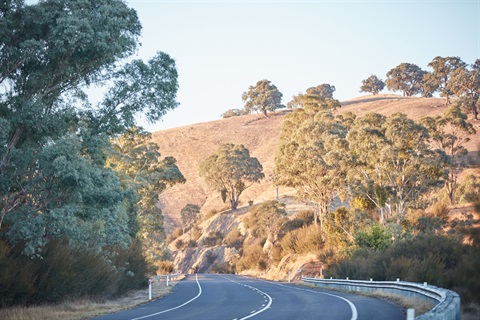The State Government has released a series of report cards on key climate indicators impacting South Australia to coincide with today’s opening of COP28, the UN’s climate change conference being held in Dubai.
The research – South Australia’s Environmental Trend and Condition Report Cards -show many of South Australia’s climate indicators are in decline.
The findings highlight the need for decisive action on net-zero emissions policies and includes projections on emerging challenges such as drier and warmer conditions.
The Government is also releasing a new online tool to give businesses, government agencies and the community access to climate projection maps and data.
The interactive maps show projected temperatures and rainfall changes across SA for a range of future time periods. The climate data can be displayed in 10km and 50km grids or for individual SA landscape regions or local health network areas.
Key findings include:
- SA’s average temperatures are currently 1.1C warmer than in the 1970s.
- Average daily maximum temperatures across the state are projected to increase by a further 1.4C to 2.2C by 2050, compared with 1986-2005.
- The frequency of 40C in Adelaide has tripled to 5.1 days a year in the past decade (2013-2022), compared with an average of 1.7 days a year in the previous 4 decades.
- Average annual rainfall across SA is projected to decrease by between 4per cent and 23per cent by 2050.
- In the Hills and Fleurieu landscape region, a reduction in average annual rainfall of between 8per cent and 12per cent is projected by 2050.
- Sea levels along the state’s coast have been rising at an average rate of 2mm a year between 1966 and 2022.
- SA’s greenhouse gas emissions reduced 42per cent between 2004-05 and 2020-21, while renewable energy use increased from 1per cent to 69per cent in the past 20 years.
The research reinforces the Malinauskas Government’s commitment to reducing net greenhouse gas emissions by at least a 50 per cent by 2030 (from 2005 levels) and net-zero emissions by 2050.
As put by Susan Close
The threats of climate change are real and this is why the Malinauskas Government is taking action to create an economically strong net-zero emissions future.
This research provides an important insight into how South Australia’s climate has changed, and will continue to change, including more hot days and rising sea levels.
It’s important we continue to unlock investment in green energy sources to allow SA to become a 100 per cent net renewable energy provider by 2030 and achieve net-zero emissions by 2050.
If governments, industries and communities work together, these targets are within our reach and hitting them will create a healthier environment for everyone.
As put by Graham Green, Department for Environment and Water Principal Advisor Climate Change Science
The new interactive maps showing projected changes to average temperatures and rainfall across South Australia will be a valuable tool to help governments and businesses plan how they will adapt to climate change.
Reductions in rainfall will lead to less availability of water in some regions, while higher temperatures and less rain will mean increased demand for irrigation water to grow crops.
A small reduction in rainfall can have a significant effect on the amount of water flowing into our reservoirs and agricultural dams.
A drier landscape and more days above 40C will increase the risk of bushfires.
Analysing this data will help us understand and manage those climate risks so we can protect our water security, safeguard our agricultural production and prepare for bushfire threats.








